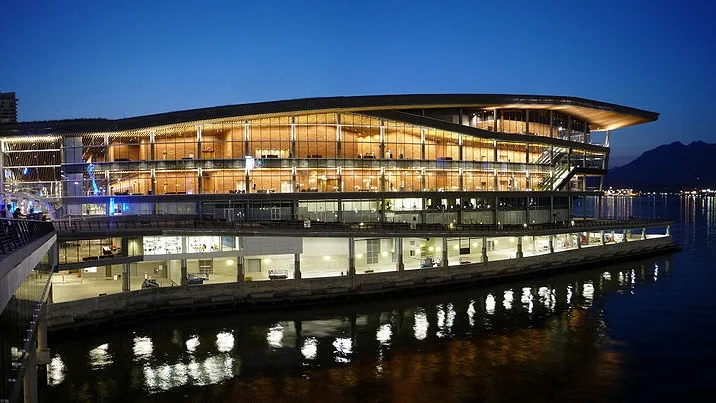10 Things Builders Need to Know About LEED Certification
As industries become more aware of environmental issues, they make their facilities more eco-friendly. These advancements include measures taken during the construction process by following specific guidelines. Buildings that focus on implementing environmentally friendly practices can qualify for LEED certification.
LEED stands for Leadership in Energy and Environmental Design. It is the most widely used rating system for gauging a building's environmental friendliness. To qualify for LEED certification, buildings have to fulfill the LEED's sustainability goals and framework.
1. Energy and Atmosphere
This category is worth 31 points — the largest in LEED's list. To fulfill this requirement, projects must implement energy-efficient appliances to meet an electricity performance target. These include renewable energy sources and greenhouse gas prevention technology. In addition, the commissioning process must occur on building projects through ten months of occupancy or more.
2. Location and Transportation
This category is worth 15 points and measures how well the project uses the land. That means a judgment on how well the project's construction phase was able to preserve the area's natural ecosystem. It also considers how the project encourages development in areas with existing infrastructure.
3. Sustainability
Worth 12 points, this section will award credit based on the project's implementation of sustainability practices. These include rainwater harvesting, minimizing energy usage using advanced technology, and utilizing renewable energy sources such as solar and wind power.
4. Water Efficiency
Water efficiency is its own category worth 12 points. This measures how much water the completed building is estimated to use and how efficiently it does so. There is particular emphasis on reducing water usage for indoor and outdoor functions.
5. Materials and Resources
This category is worth 13 points and judges the project based on the kind of environmentally friendly products and materials used in its construction. These include building materials that have been reviewed as eco-friendly and have undergone a life-cycle assessment.
6. Indoor Environment Quality
This 16-point standard measures how energy efficient the interior of the building is and how much natural light and air is available. Utilizing natural sources of light and air reduces energy costs. In addition, incorporating low-energy lighting appliances is an excellent way to score points in this category.
7. LEED Accredited Professional
To earn these six points, a LEED-accredited professional should be part of the project's planning stages.
8. Regional Priorities
This set of criteria is worth four points and addresses the unique environmental issues of the project's location. These can vary greatly depending on the geography of the area.
9. The LEED Rating System
The LEED guidelines are essential for businesses to practice eco-friendly construction and ensure a more sustainable future. Rating systems exist for different types of buildings and can modify to meet the unique purpose of the structure.
There are generally four levels of LEED certification. These measure how many environmental practices have been used in construction and how many LEED-specific guidelines the building follows.
LEED Certification: 40-49 points
LEED Silver rank: 50-59 points
LEED Gold rank: 60-79 points
LEED Platinum rank: 80+ points
10. How to Register For LEED Certification
To register for LEED certification, builders must submit the appropriate documentation. They will need to prove their project meets all the minimum requirements, which will depend on the type and scale of the project.
LEED Certification Is the Future
More buildings are following LEED guidelines to be certified and become part of the solution to environmental issues. As sustainable technology advances, LEED-certified buildings will become the standard for construction. This transition represents a global effort to save the planet and make its inhabitants healthier.
Author: Jane Marsh
Cover image by Ralph (Ravi) Kayden on Unsplash






